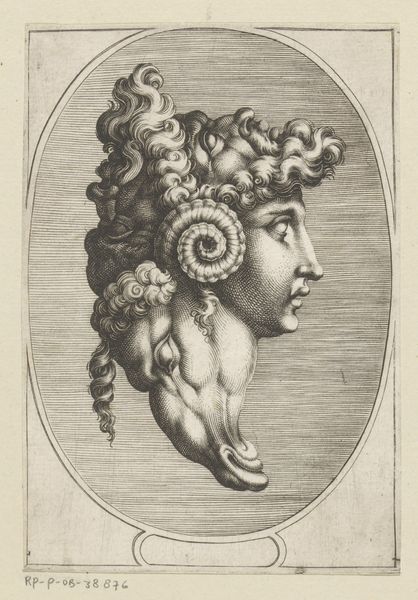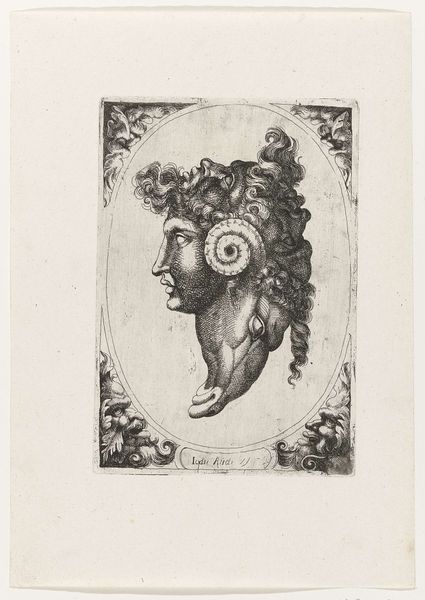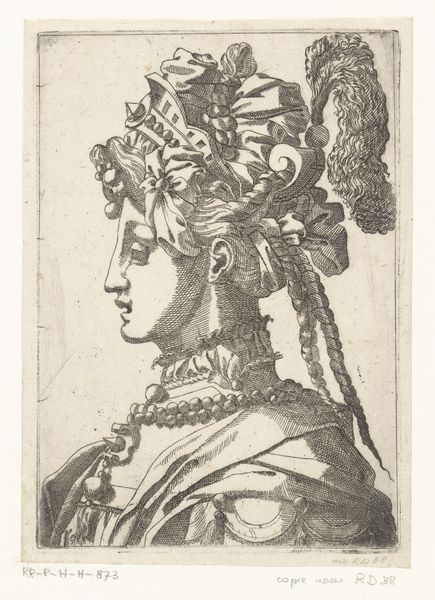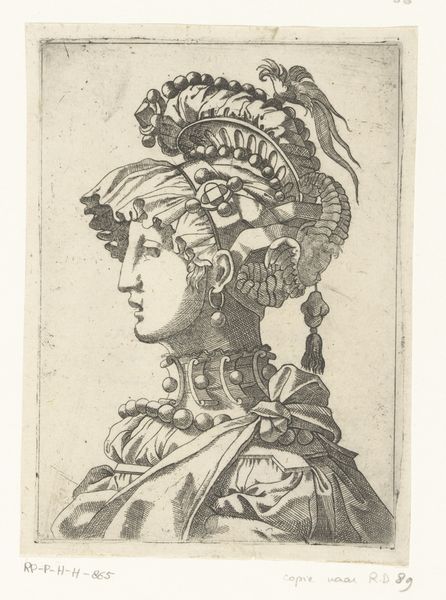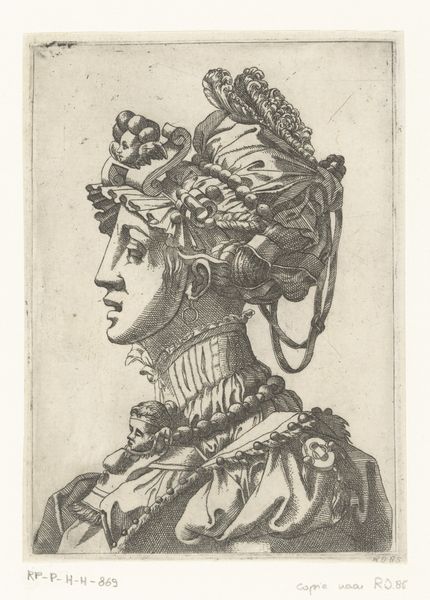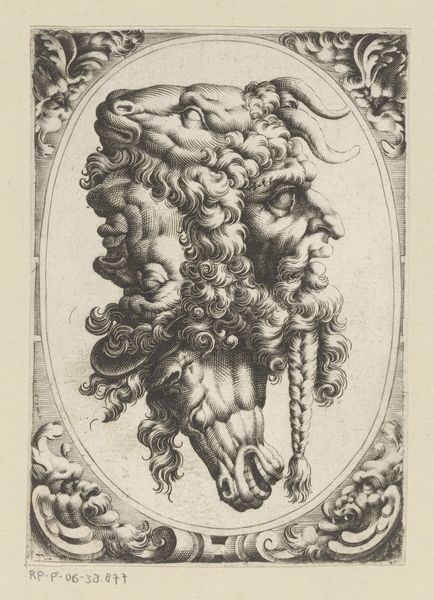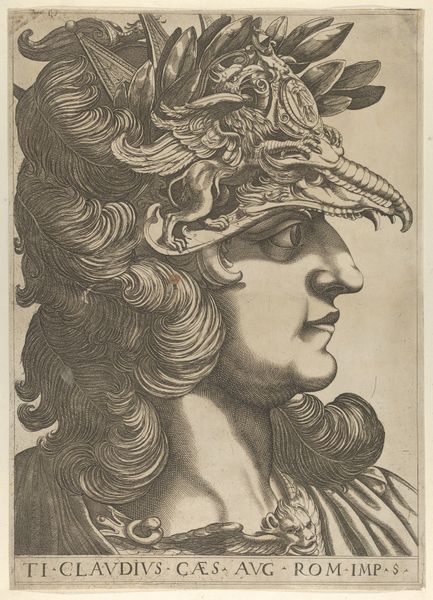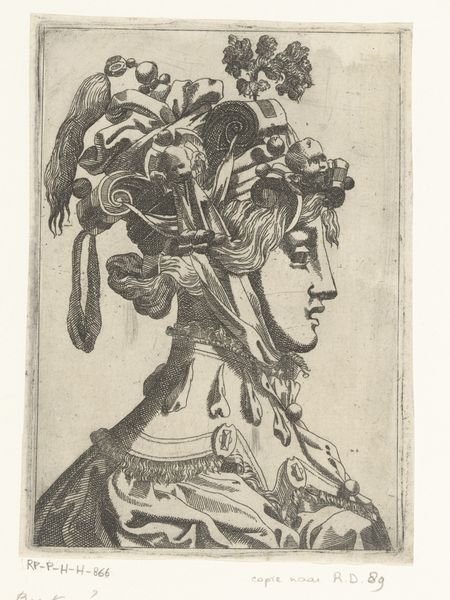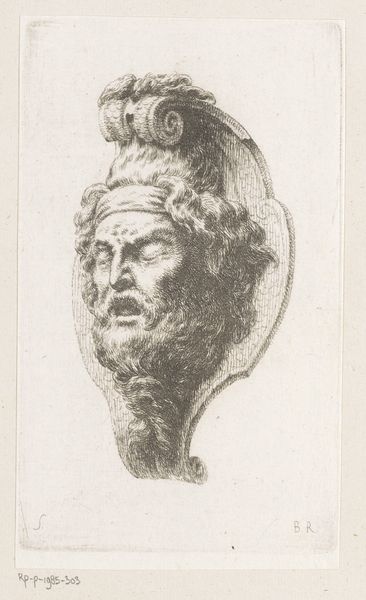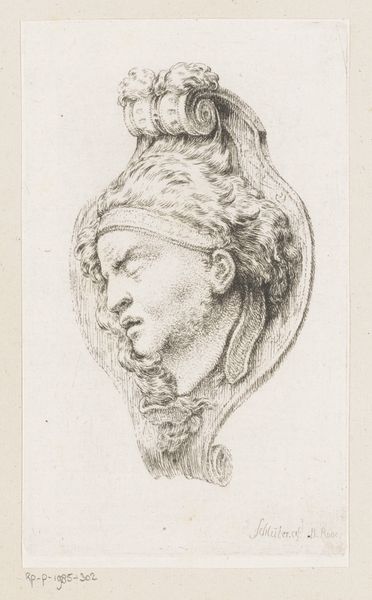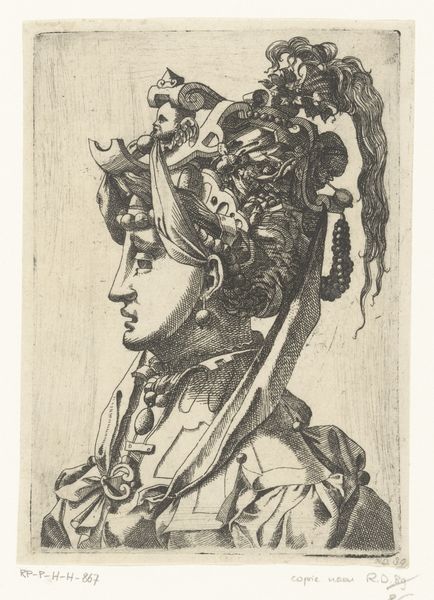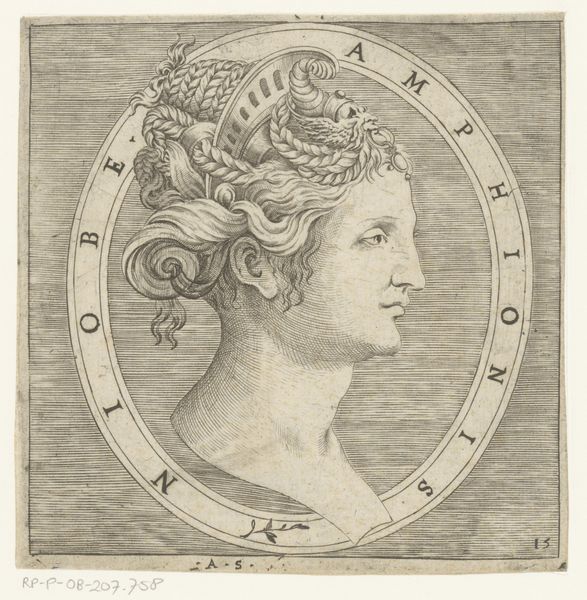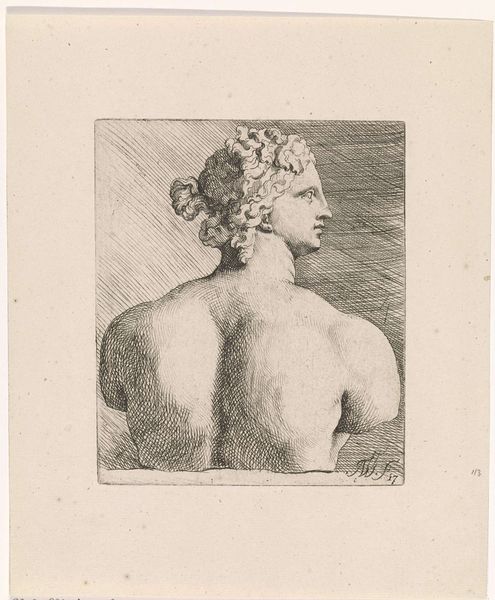
print, engraving
#
portrait
#
baroque
# print
#
old engraving style
#
figuration
#
form
#
history-painting
#
engraving
Dimensions: height 137 mm, width 97 mm
Copyright: Rijks Museum: Open Domain
Curator: Here at the Rijksmuseum we have "Samenstelling van drie gezichten en de kop van een ram," which translates to "Composition of three faces and the head of a ram." The piece is a print, an engraving to be precise, that was created sometime between 1590 and 1660 by an anonymous artist. Editor: It's haunting, isn't it? Those figures emerge from the shading like memories half-formed. The ram's horn especially, a powerful symbol rendered with such delicate detail. Curator: As an engraving, the matrix of lines on the metal plate from which this was printed would have taken an incredible amount of controlled physical labor to achieve. This involved careful, skilled use of tools, pressure, and knowledge of the material itself, likely copper. Editor: The ram, of course, is a potent symbol across cultures: virility, aggression, leadership, and sacrifice. Seeing it juxtaposed with these serene, almost classical faces creates a real tension, a dialogue between animal instinct and human reason. What do you read from this contrast, curator? Curator: Well, engravings like this would have been circulated widely as a means of disseminating information and artistic ideas. It is likely part of a series or intended to be studied for its display of form. How it was originally acquired, by whom, and the various states of existence the plate must have experienced throughout this artwork's creation are important questions. The social aspect and economic structures involved in this work, now those interest me! Editor: True, its reproducibility and distribution are historically significant. But consider how this composition touches on themes of identity, duality, and the human condition. Those merging faces—do they represent different aspects of a single person, or perhaps different stages of life? It touches upon something fundamental about how we see ourselves, both our rationality and inherent irrationality. Curator: I still see its importance stemming from accessibility; an affordable, reproducible work meant to spread awareness of ideas during its time, and now serving as evidence to social and art structures of its period. It's really all about that exchange of goods and dissemination of technique! Editor: An exchange that continues today as we consider the symbols of this work from centuries ago!
Comments
No comments
Be the first to comment and join the conversation on the ultimate creative platform.
